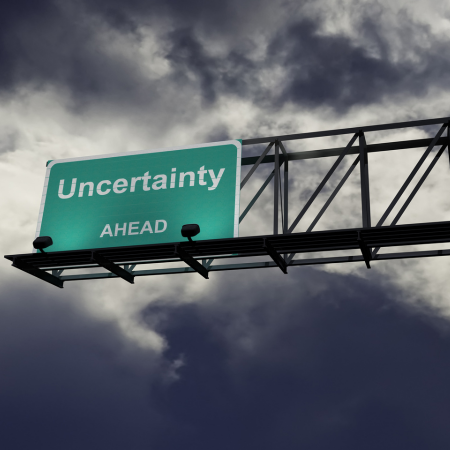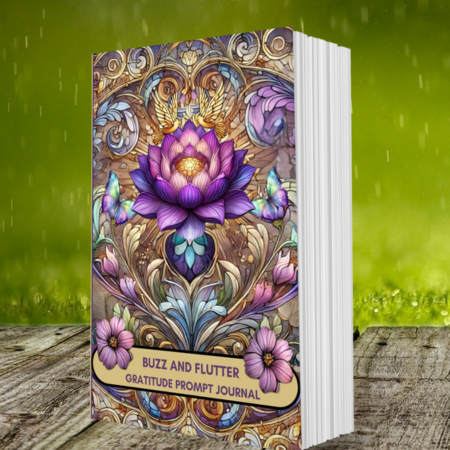“Molly Flexwell helps exhausted caregivers reclaim their energy, self-worth, and joy through practical tools and kindness-led living”
When life keeps changing and the news will not settle, that edgy not knowing what comes next feeling is called intolerance of uncertainty, sometimes uncertainty sensitivity, and it simply means your brain is on high alert, not that you are failing. This means that uncertainty is no longer an occasional visitor but a permanent house-guest that lives in many homes these days. Psychologists call this unease as intolerance of uncertainty (IU). Some times mental health nurses or carers might refer to it as uncertainty sensitivity. This term highlights heightened perception rather than “failure” to cope.

One recent review found that reducing IU/US measurably improved symptoms of depression and generalised anxiety, suggesting our relationship with the unknown is pivotal to your mental health. BioMed Central Yet uncertainty is not the villain of every tale. Studies exploring curiosity show that, for some, the very same unknowns can ignite interest, experimentation, and creativit, leading indivuals down a path of productiviy and imaginative scenes. When participants leaned into curiosity, they reported more positive emotions and a wider lens for possibility. ScienceDirect For caregivers in Molly Flexwell’s community—people who often shoulder both their loved ones’ needs and their own quiet hopes—reframing uncertainty from threat to teacher can be revolutionary.
Positivity in Indecision
Indecision gets a bad press, painted as dithering or weakness, but research paints a subtler picture. Lingering in the maybe zone can give the brain space to collect data, spot patterns, and avoid snap judgements. Neuroscientists have shown that pausing before choosing allows the pre-frontal cortex to weigh options more objectively, lowering the risk of regret and decision fatigue. DexaFrontiers
Here’s where journalling shines. Expressive writing—pouring thoughts onto paper without censorship—reduces overthinking by externalising it. In controlled trials, people who journalled about their indecision experienced drops in cortisol and improvements in working memory, freeing mental bandwidth to notice bright possibilities hiding behind the fog. DexaResearchGate
Imagine Nicole, the tired rehab nurse we often speak to. When she faces whether to apply for a new role or stay put, her gratitude journal becomes a laboratory. Each line captures a pro, a con, an emotion, a hope. By the final paragraph she isn’t “stuck”; she’s a scientist with field notes, able to spot which feelings are passing weather and which are true north.
The Decision Dilemma
Decision-making under pressure—pick a treatment, choose a school, sign a mortgage—can feel like tightrope-walking in a gale. The dilemma is amplified for caregivers, whose choices ripple through entire households. Ironically, the more important the outcome, the harder the leap. Analysis paralysis sets in, a cognitive traffic jam where every option honks for attention.
Goal-setting research offers a lifeline. Interventions such as the SMART-goal framework significantly boost goal attainment and overall well-being because they translate vagueness into concrete targets. ScienceDirectScienceDirect But knowing you should set SMART goals and actually crafting them are two different beasts; the gap is where many resolutions go to die.
A structured journal bridges that gap. When you date each entry, articulate the desired outcome, and record micro-actions, you create a breadcrumb trail your future self can follow even on weary days. Over time, the pages reveal evidence of competence—tiny wins that hush the inner sceptic: Look, you have done hard things before; you can do this today.

The Importance of Writing in a Journal or Planner for the Future
So why does the humble pen (or keyboard) wield such power? Firstly, journalling converts swirling emotions into language, a process neuroscientists call affect labelling. Labelling tames the amygdala’s alarm bells, fostering a calmer, clearer headspace. Secondly, committing intentions to paper creates what psychologists dub the generation effect: information we generate ourselves is remembered better than information we merely read.
Add a planner to the mix and you gain foresight. Longitudinal studies on planning show that visualising tomorrow’s tasks today boosts follow-through, partly because it cues the brain’s reward circuits—each tick-box becomes a dopamine sparkle. American Planning Association For Molly’s audience, already juggling rosters, school runs, and doctors’ appointments, a planner is less about perfection and more about permission: permission to carve out ten minutes of yoga, a cuppa in silence, or a counselling session you’ve postponed.
How to Begin
Choose your vessel. Some relish a leather-bound diary; others prefer a minimalist digital doc. Pick the medium that invites you back. Set a gentle cue. Habit-stack: jot three lines while the kettle boils, or review tomorrow’s schedule after brushing your teeth. Embrace the mess. Spelling, grammar, even coherence can wait. Your journal is a judgment-free zone—ink spills and half-sentences welcome.
Pair Reflection With Projection.
“End each entry with one small, concrete step for tomorrow. Tiny hinges swing big doors”.

The Pay-off
Within weeks most people report sharper decision-making, fewer 2 a.m. worry cycles, and a budding sense of agency. Verywell Health Over months, the diary becomes an archive of resilience—a paperback proof that uncertainty may shout, but you still hold the microphone.
Closing Thought
Life will always throw curve-balls, but your journal can be the catcher’s mitt: soft enough to cushion the shock, strong enough to keep you in the game. Each blank page is an invitation to transform I don’t know into I wonder, and eventually into I will.
If today’s unknowns feel heavy, pick up your pen this evening. Write the storm, trace the horizon, and sketch the first step. Your future self—calmer, clearer, quietly triumphant—will thank you.
“Kindness is the quiet ink that steadies life’s uncertain lines—write it into today, and tomorrow will read itself with hope.” Molly
The Wellness Hive For Caregivers Shop
The Wellness Hive for Caregivers Shop is a gentle corner of the internet devoted to the people who hold everything together. It is a shop designed for caregivers, nurses, shift workers, and supporters who are giving so much of themselves and want simple ways to refill their own cup. Inside, you will find kind, practical wellness tools that make everyday care a little lighter and a lot more loving.
What we offer
- Caregiver self-care tools: gratitude journals, affirmation cards, reflection prompts, and gentle grounding practices that fit into real life.
- Planners and diaries: week-to-view wellness diaries, daily routines, and printable planners that help you protect your time and energy.
- Mindful downloads: instant digital guides for breathing, grounding, and journalling, plus caregiver checklists and calm-in-a-minute rituals.
- Beautiful gifts: Art Nouveau and stained-glass inspired designs in soft, uplifting colours that bring a little joy to a long day.
- Resources for burnout prevention: practical strategies for boundaries, rest, and recovery, created with caregivers in mind.
Who it is for
- Family caregivers who are balancing appointments, emotions, and the unexpected.
- Nurses and healthcare workers seeking quick, repeatable resets between shifts.
- Mothers and parents who want five calming minutes that actually work.
- Anyone feeling overwhelmed and ready for small steps back to clarity and calm.
How our products help
- Reduce decision fatigue with ready-to-use checklists, routines, and prompts.
- Support mental health with simple grounding exercises and gratitude journalling.
- Build resilience through tiny, consistent practices that fit into busy days.
- Make self-care visible with beautiful tools that invite you to pause and breathe.
What makes us different
- Created by a caregiver for caregivers, with lived insight and compassionate design.
- Evidence-informed practices translated into everyday language and easy routines.
- A kindness-led philosophy that treats rest and support as necessary, not optional.
- Art that soothes: bees, florals, and stained-glass motifs that feel hopeful and calm.
How it works
- Digital items arrive instantly so you can start today.
- Physical items are printed with care and packed as if they were for a friend.
- Clear, human support if you ever need help choosing or using a product.
Our promise
Molly Flexwell helps exhausted caregivers reclaim their energy, self-worth, and joy through practical tools and kindness-led living. We will never add to your overwhelm. Every product focuses on clarity, usefulness, and kindness, so you can move through your day with more steadiness and a little more light.
Visit The Wellness Hive for caregivers
